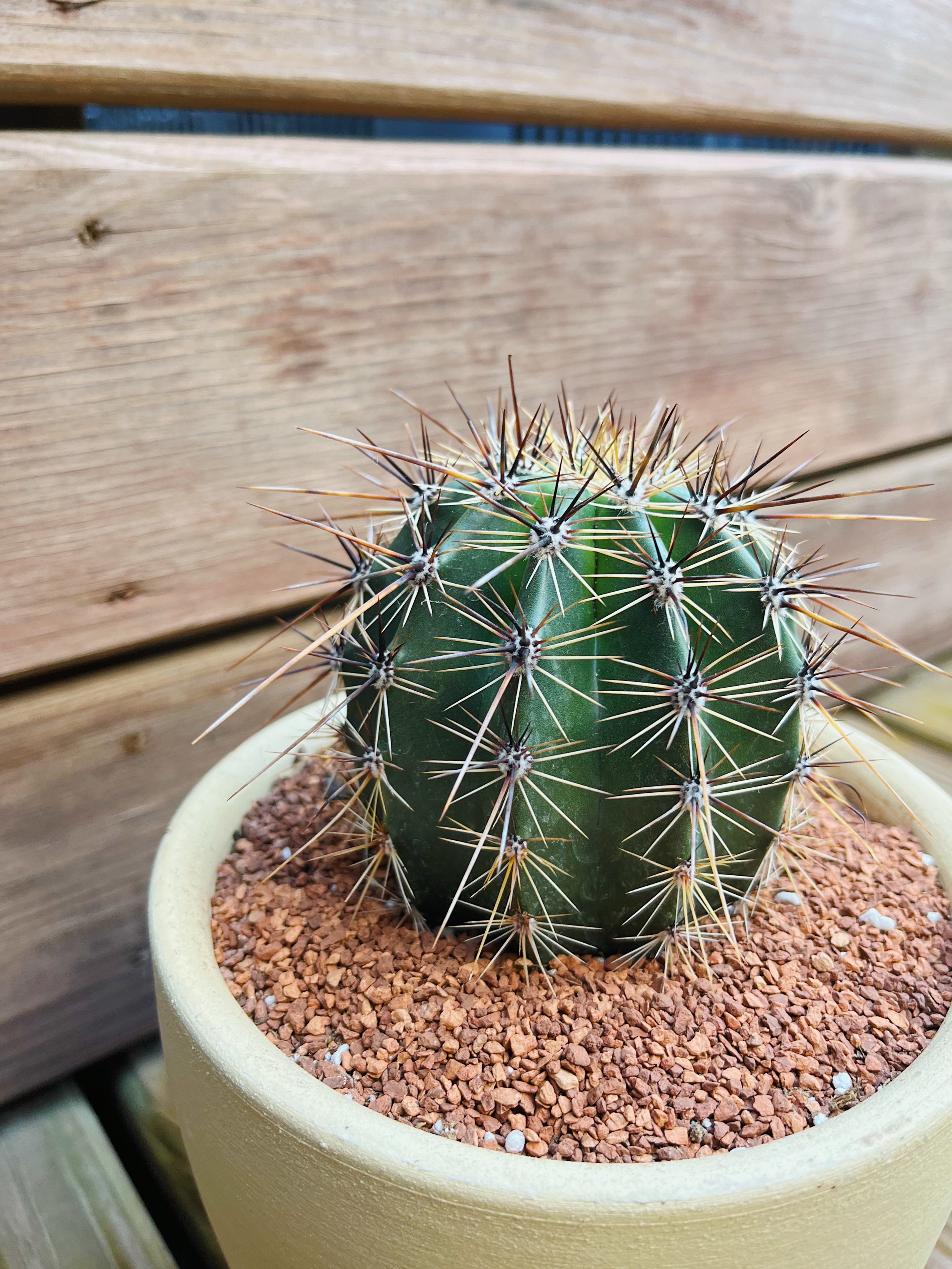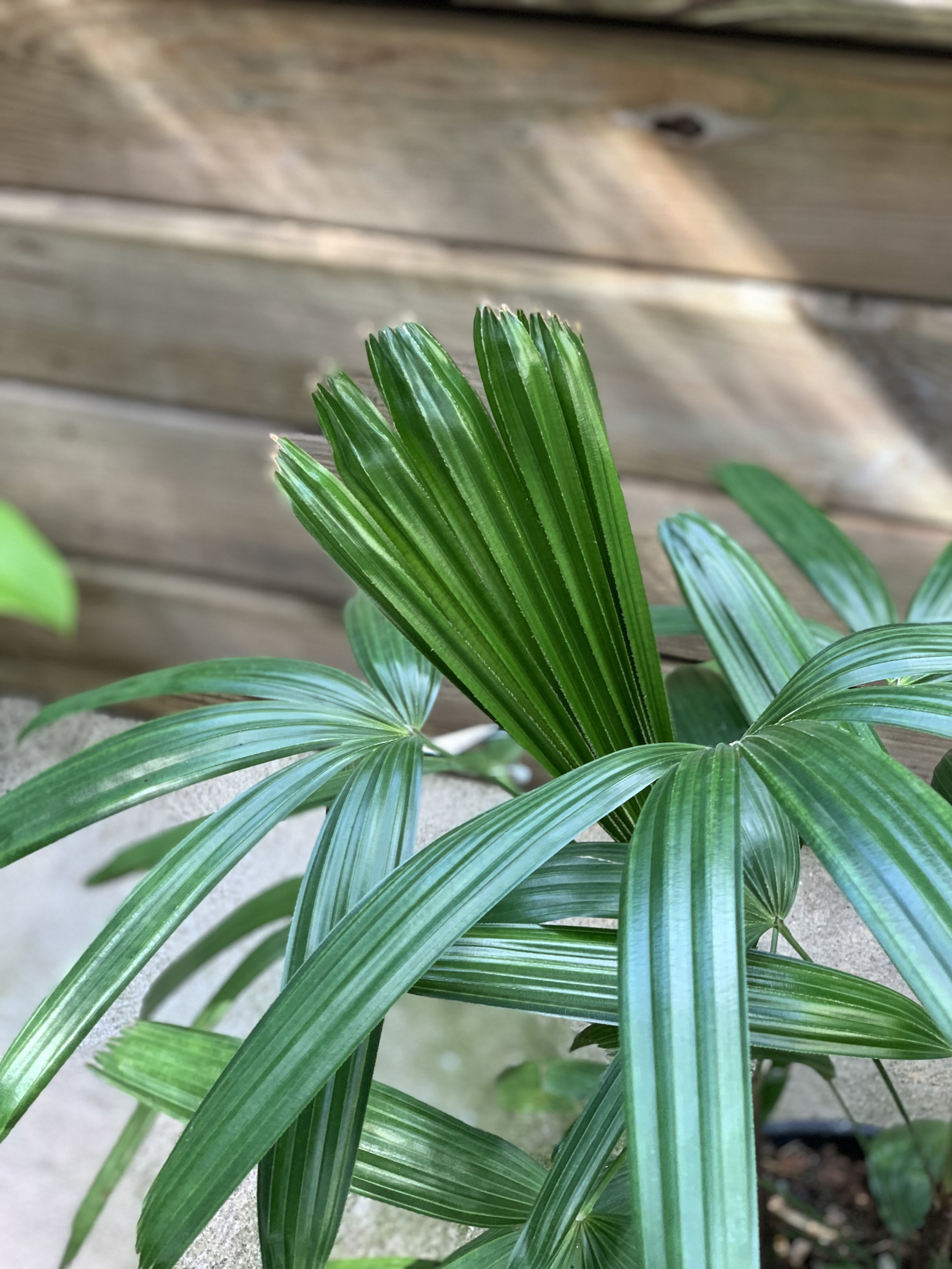If Plants, Then Plants: The Plant Lover’s “If You Like This, Try That”
When you begin to collect plants indoors, you might try out a bunch of plants from different families, have both successes and failures, and start to stick more towards plants in the families you’ve had those successes with when adding additional plants.
It’s incredibly important to know yourself and know what kind of plant care works best for you, but when you start to stick with the same plants for a while, things can begin to feel a little… boring. What’s a plant parent to do?
Thankfully, if you’re feeling like you’re stuck in a plant rut, we feel like we’re educated enough to make recommendations of other plants that might behave similarly or have the same general vibe as ones you already love.
If you like Hoyas, try Dischidias or Rhipsalis
Maybe you’ve got every Hoya carnosa variety under the sun, dipped your toes into some of the more uncommon Hoyas, and are starting to feel a little tired of them.
Dischidias—very close relatives of Hoyas—are also epiphytic plants that trail and hang down, but their leaves are typically smaller in size and don’t feature much prominent variegation or patterning, making these a fun choice to intersperse among your existing Hoyas.
Rhipsalis are members of the cactus family but grow epiphytically on trees in rainforests. Being cacti, these plants are leafless and only sport undulating stems that droop and hang gracefully, contrasting greatly with the thick, fleshy leaves of Hoyas. Mix these easy plants in with your Hoyas for more of a minimalist-leaning vibe.
If you like Philodendrons, try Anthuriums
Philodendrons are some of the easiest leafy plants out there that will reward you with gigantic, leathery, show-stopping leaves if cared for well. There’s a ton of variety of color and leaf shape in the family, but sometimes you can’t help wanting a little more.
Anthuriums are similar in care to Philodendrons, but they offer even bolder and more dramatic foliage. Some species feature elongated and exaggerated leaf shapes, and others have stunningly radiant venation that will attract almost anyone’s attention. Care for these jewel-like plants is similar enough to Philodendrons, but many will like slightly raised humidity levels.
If you like Calatheas, try Chinese Evergreens
Calatheas have some of the prettiest leaves out there, but let’s face it: they’re kind of the divas of the houseplant world. Maintaining consistent humidity levels, watering them with filtered water, and keeping they away from any sort of direct sunlight are just the basics. What if we told you that you could still have spectacularly ornate leaves on a plant but without all the extra care?
Meet Aglaonemas, or Chinese Evergreens. They’re half the work of Calatheas and still have leaves with vivid colors and striping to give your indoor jungle a little bit more personality. Greens, reds, oranges, yellows, pinks, and silvers are only some of the vibrant colors that can adorn the leaves of these easy-care plants.
If you like cacti, try Euphorbias
Cacti are fun and easy-care plants, but they can sometimes look a little homogenous after a while: thick, swollen stems with spines. If you’ve had your share of cacti and want to move onto something new, try adding Euphorbias to your collection.
Some species of Euphorbias have the cacti look nailed down, but they’ll typically have leaves and are much more tropical plants than regular cacti. Plus, they actually have a lot of diversity in terms of their appearance—did you know Poinsettias are in the Euphorbia family of plants?
If you like Dracaenas, try Rhapis Palms
Dracaenas are popular indoor trees because they have a similar look to palm trees with their spiky, frond-like foliage, but they’re much easier to care for. Palm trees, while one of the quintessential tropical plants, can sometimes come with their own set of difficulties being grown indoors.
Rhapis palms are true tropical palm trees, but they’re much easier to acclimate to indoor conditions, preferring a filtered or ambient light indoors, similar to Dracaenas. Reaching the same heights as some indoor trees, Rhapis palms still stay nice and bushy with their notched, dark green leaves.
Words by: Egan Thorne
Photos by: Egan Thorne, Rachelle Levine










